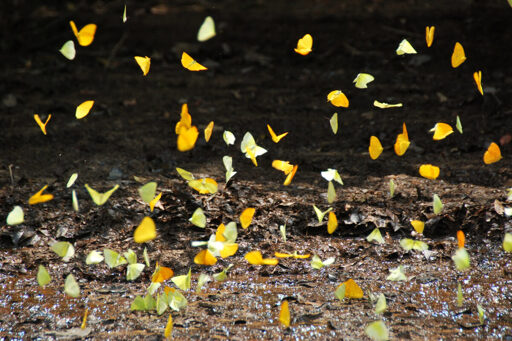This is Part 4 of a four-part series on Indigenous land rights in Ecuador. Read Part 1, Part 2 and Part 3. Twenty months after a landmark court ruling in Ecuador recognized the rights of the Indigenous Siekopai Nation to land within a protected Amazonian area, the government has yet to issue the required title. According to sources, the delay is due to hesitation by ministry officials and a tense conflict between two Indigenous communities over the land. In 2023, a court ordered the delivery of a land title for a parcel of 42,360 hectares (104,674 acres) known as Lagartococha in the Cuyabeno Reserve to the Siekopai Nation. The land is part of a larger area covered by a 2008 agreement, or convenio, between the Kichwa de Zancudo Cocha community and Ecuador’s environment ministry. The Kichwa use the overlapping land for subsistence and conservation, while for the Siekopai, Pë’këya — their name for Lagartococha — is the sacred home to spirits they say are central to their existence. The ruling was the first in Ecuador to award a land title within a protected area. But some observers say it also aggravated the conflict and could encourage communities in Ecuador’s Amazon to use legal action to wrest control of ancestral lands in protected areas from one another. Currently, the Zancudo Cocha community is actively resisting the ruling — reportedly resorting to violent measures to prevent the Siekopai from coming onto Lagartococha. Enrique Moya Tangoy, the Zancudo Cocha leader, says they put…This article was originally published on Mongabay
From Conservation news via this RSS feed


